Owls are fascinating creatures that have captured the curiosity of humans for centuries and one common question that often arises is: do owls eat snakes?
The relationship between owls and snakes is a fascinating study of predator and prey dynamics, showcasing the diversity within the natural world and the unexpected connections that bind different species together.
In this article, we will explore the relationship between owls and snakes, shedding light on the dynamics of their predator-prey interaction.
Join us as we unravel the mystery behind this aspect of owl behavior, offering insights into the complex food webs that sustain our natural world.
Do Owls Eat Snakes?
Yes, Owls are known to be opportunistic hunters, and their diet can include a variety of prey, such as small mammals, birds, and reptiles.

While snakes are not the primary food source for most owl species, these raptors will consume them if the opportunity arises.
Owls, including species like the Great Horned Owl, Eastern Screech Owl, Barred Owl, and Burrowing Owl, have been observed eating snakes.
Overall, while owls do not primarily feed on snakes, they are part of the diverse diet that these birds of prey may indulge in, depending on availability and environmental circumstances.
Types of Owls That Eat Snakes

While various owl species have been known to prey on snakes, some types of owls have developed a particular taste for these slithering reptiles.
From the powerful great horned owl to the small eastern screech owl, certain owls have specialized in hunting snakes as part of their diet.
In the following sections, we will explore the hunting and eating habits of various owl species that have a strong affinity for snakes.
Related Article: Do Owls Eat Ants?
Great Horned Owl and Snakes

The great horned owl, one of the largest owls in North America, is not one to shy away from a snake feast.
With its powerful talons and exceptional hunting abilities, this owl species can capture and consume larger prey, including snakes, showcasing how mainly on snakes some owl diets can focus.
The great horned owl uses its keen eyesight and excellent depth perception to locate snakes in the darkness of night.
The great horned owl uses its keen eyesight and excellent depth perception to locate snakes in the darkness of night.
Once within striking range, it pounces on the snake, using its powerful talons to secure and immobilize the prey.
The great horned owl’s large size and formidable talons make it an efficient predator when it comes to hunting and eating snakes, including the challenge of a large snake.
Related Article: Owls with No Feathers
Eastern Screech Owl and Snakes

While the eastern screech owl may be small in size, it compensates with its hunting prowess. This owl species prey on a variety of small mammals, reptiles, amphibians, and invertebrates, snakes included.
With its keen eyesight and depth perception, the eastern screech owl can strike with precision.
The eastern screech owl can strike snakes with precision, using its keen eyesight
This small owl is an opportunist, often hunting snakes in suburban areas, where small mammals, reptiles, and snakes near the nest are accessible.
It can take advantage of the diverse prey available in these environments, making snakes a part of its regular diet.
Related Article: Can Owls Fly in Rain?
Barred Owl and Snakes

Barred owls, known for their hooting call and nocturnal hunting habits, are opportunistic feeders that prey on a wide range of animals.
This owl species, found in woodland habitats, has become skilled in hunting snakes as part of its diet.
Barred owls are opportunistic predators, taking advantage of small animals, including snakes like the rat snake, that are abundant in their environment.
Barred Owl found in woodland habitats, is an opportunistic predator with excellent eyesight, and have become skilled hunters of snakes
Their excellent eyesight and keen sense of hearing aid in locating and capturing snakes, ensuring a steady supply of prey.
With their adaptability and opportunistic hunting habits, barred owls have become skilled hunters of snakes in their natural habitats.
Related Article: Owls in Arizona
Burrowing Owl and Snakes

The burrowing owl, as its name suggests, has adapted to make its home in burrows in North America.
This owl species, which resides in open areas and grasslands, has a particular taste for snakes, indicating a diverse diet that includes various prey items that barred owls consume.
With its keen eyesight, the burrowing owl can detect snakes in its surrounding environment, whether in burrows or open areas.
It uses its talons and beaks to capture and consume snakes, incorporating them into its varied diet, demonstrating how these birds can eat whatever they can catch, large snake or small.
The burrowing owl’s opportunistic feeding behavior allows it to take advantage of snake populations in its habitat, making snakes a common prey item for this owl species.
How Do Owls Hunt Snakes?

Owls are formidable hunters when it comes to catching snakes. Their hunting process often starts with a first strike.
Where owls swiftly swoop down from perches or the air to capture their prey and with their powerful talons, they secure the snake, preventing it from escaping.
Owls rely on their excellent eyesight, depth perception, and binocular vision to accurately locate snakes, even in low light conditions.
This exceptional visual acuity allows them to strike with precision, ensuring a successful capture.
Owls’ keen eyesight, combined with their depth perception, makes them skilled hunters of snakes in their various habitats, whether the snake is small or large.
How Do Owls Eat Snakes?
Once owls have successfully caught a snake, the process of consuming their prey begins. Owls possess a specialized beak and talons that assist in the eating process.
Using their beak, owls tear small pieces of meat from the snake’s body.
They may also use their talons to hold the rat snake in place while tearing and consuming the flesh.
The swallowed pieces of snake are then passed down the owl’s digestive system, where digestion takes place, including the first snake delivered to their offspring.
Owls are capable of digesting snakes efficiently, extracting nutrients from their prey.
The indigestible parts, such as snake bones and scales, are regurgitated through owl pellets, which allow scientists to study the diet and ecology of these fascinating birds.
What Kind Of Snakes Do Owls Eat?
Owls can eat a variety of snake species, from small to medium-sized snakes.
This can include non-venomous snakes like the rat snake as well as smaller venomous snakes, depending on the size and species of the owl.
The ability of an owl to tackle a venomous snake depends on the owl’s hunting skills, size, and the specific snake’s defense mechanisms, including scenarios where a snake is small enough to be overpowered.
How Often Do Owls Hunt Snakes?
The frequency of snake hunting varies among owl species, with larger owls more likely to prey on snakes than their smaller counterparts.
Owls, like the great horned owl, have been observed hunting snakes regularly, especially when larger prey is scarce.
Smaller snakes, such as common garter snakes, are often targeted by owls due to their size and accessibility.
Owls are opportunistic predators, meaning they adapt their hunting strategies based on the availability of prey in their environment.
In areas with abundant snake populations, owls, such as the burrowing owl, may frequently hunt snakes to meet their dietary needs.
Can Owls Eat Venomous Snakes?
Yes, some larger or more skilled owl species can and do eat venomous snakes, and in rare cases, large snakes eat owls.
For example, the Great Horned Owl is known to prey on venomous snakes, a testament to their adaptability and the diverse range of their diet which can include the challenge of a large snake.
Owls have a high tolerance for snake venom, and skilled adults are adept at killing and consuming venomous snakes without being harmed, showcasing their ability to kill and eat snakes efficiently.
However, it is more common for owls to prey on non-venomous snakes due to the lower risk involved.
Are Owls Immune to Snake Venom?
One might wonder if owls, with their penchant for preying on snakes like rat snakes, are immune to snake venom.
While not all owls possess immunity to snake venom, there is evidence to suggest that certain owl species have developed physiological adaptations to counteract venomous snakes’ toxins.
Research indicates that owls exhibit natural defenses against snake venom, minimizing its harmful effects.
It is important to note, however, that owls’ immunity to snake venom may vary depending on the species and the specific snake encountered.
Owls’ ability to prey on snakes, especially venomous ones like rattlesnakes or cobras, showcases their remarkable adaptations to survive in diverse habitats, with some species even boldly taking on the challenge of a large snake.
Do Owls Eat Snakes In The Winter?
In the winter, owls continue to be opportunistic hunters, and their diet could include snakes if they are available.
However, it’s worth noting that snake activity significantly decreases in colder temperatures because they are cold-blooded reptiles.
During this time, snakes often brumate a hibernationlike state making them less likely to be encountered by owls.
While owls may eat snakes in the winter, the frequency of this occurrence would depend on the local climate, availability of prey, and species of owl.
Species of owls that reside in warmer climates where snakes might still be active year-round are more likely to prey on snakes even in winter months.
Conclusion
In conclusion, owls are fascinating creatures with unique hunting techniques. While not all owls prey on snakes, some species have adapted to hunt and eat them, indicating a dietary focus mainly on snakes.
The great horned owl, eastern screech owl, barred owl, and burrowing owl are known to include snakes in their diet, focusing mainly on snakes as a food source.
These owls use their excellent vision, hearing, and silent flight to locate and capture their slithery prey.
After catching a snake, owls use their sharp beaks and powerful talons to kill and consume it.
It’s important to note that owls are not immune to snake venom from snakes like the rat snake and can be affected if bitten.
However, owls play a crucial role in controlling the snake population, helping to maintain a balance in the ecosystem.
Their ability to hunt and eat snakes, or cases where snakes eat owls, showcases the incredible adaptability and diversity of these magnificent birds.
FAQ
Do Owls Eat Rattlesnakes?
Yes, owls do eat rattlesnakes, particularly species like the Great Horned Owl, which is skilled at hunting these venomous snakes.
Do Owls Eat Pythons?
No, typically owls do not eat pythons. Pythons are generally large snakes that would be too big for most owls to prey on.
However, smaller or young pythons might occasionally be taken by large owl species if the opportunity arises and the owl is capable of subduing them.
How Do Owls Catch Snakes?
Owls use their sharp talons and powerful flight abilities to catch snakes, an ability crucial when the snake is small and agile.
They often hunt at night, using their exceptional night vision and hearing to locate prey, and here’s a video demonstrating an owl eating a small snake.
Once a snake is located, an owl will swoop down silently and grab the snake with its talons, sometimes killing it instantly with a powerful grip.
Smaller snakes may be eaten whole, while larger ones might be torn into pieces.
Do Snakes Pose A Threat To Owls Or Their Nest?
Yes, some species of snakes, particularly climbing snakes like certain rat snakes, can pose a threat to owls, especially to their young owlets, indicating a reciprocal relationship where snakes eat owls.
These snakes can climb trees and may invade owl nests to prey on eggs or young birds.
However, adult owls are formidable predators and can often defend their nests from snake predators successfully.
Do Other Birds Eat Snakes As Well, Or Is It Mainly Owls?
While many species of owls include snakes in their diet, they are not the only birds that do so.
Other birds of prey, such as eagles, hawks, and some species of falcons, also prey on snakes.
The diet of a bird of prey can be quite varied and includes a wide variety of prey items, including snakes, showing that these birds often eat whatever is available in their habitat.
What Happens If An Owl Eats A Poisonous Snake?
If an owl consumes a poisonous snake, it usually faces little to no adverse effects, demonstrating their unique adaptation to kill and eat snakes.
Owls are equipped with strong digestive systems that can neutralize venom, making it safe for them to eat venomous snakes.
The act of consuming the snake, including the venom glands, does not harm the owl.
This ability helps them exploit a wider range of prey items, including venomous snakes.

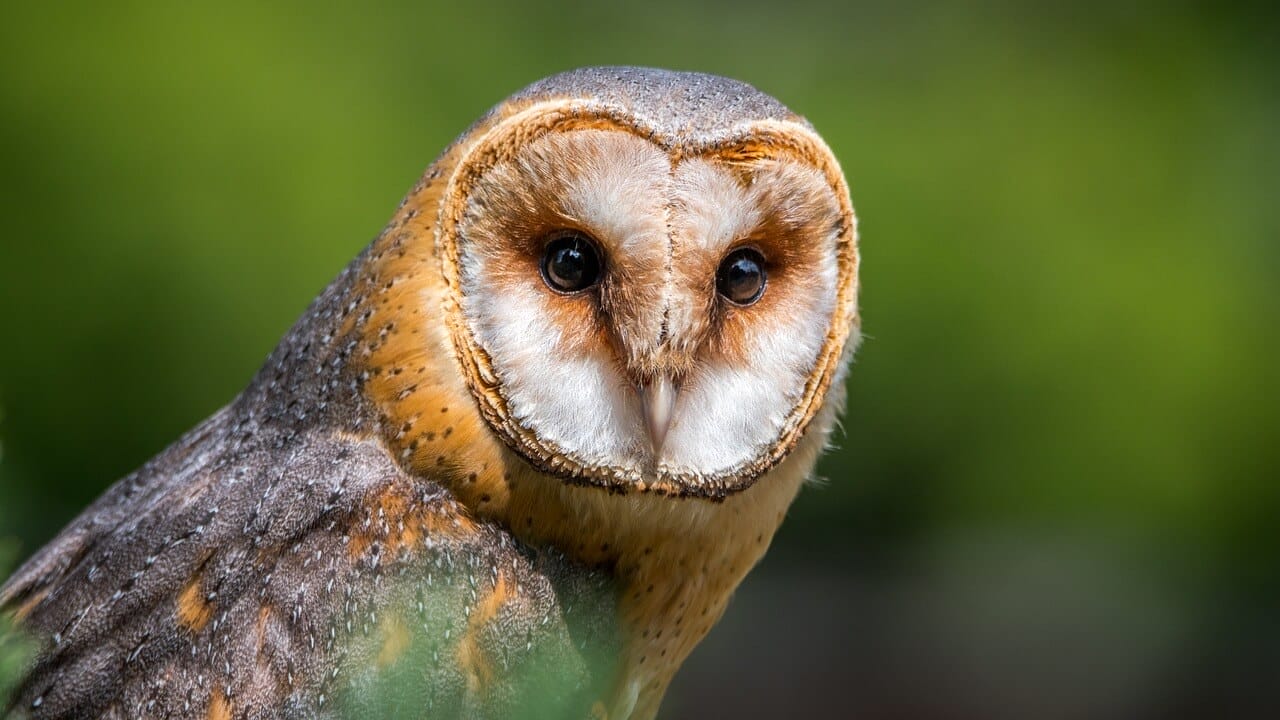
![How to Attract Ravens to Your Yard: The [Complete] Guide to Attracting these Beautiful Birds to your Backyard](https://ekz2dfuukk8.exactdn.com/storage/2023/10/How-to-Attract-Ravens-to-Your-Yard-870x570.jpg?strip=all&lossy=1&ssl=1)
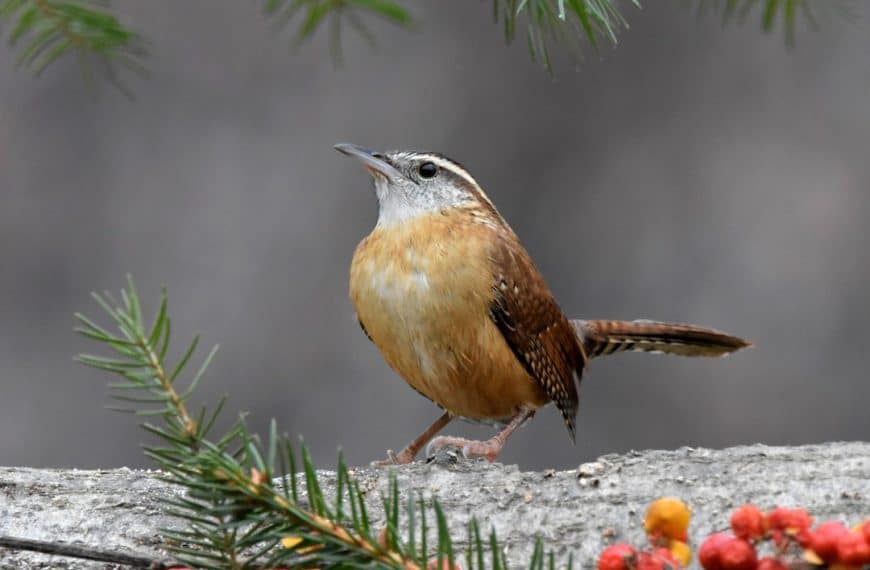
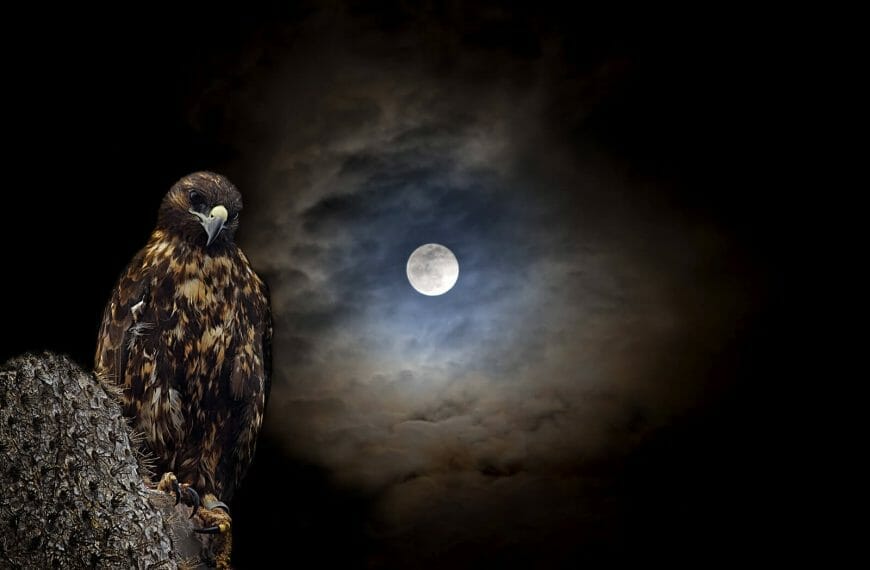



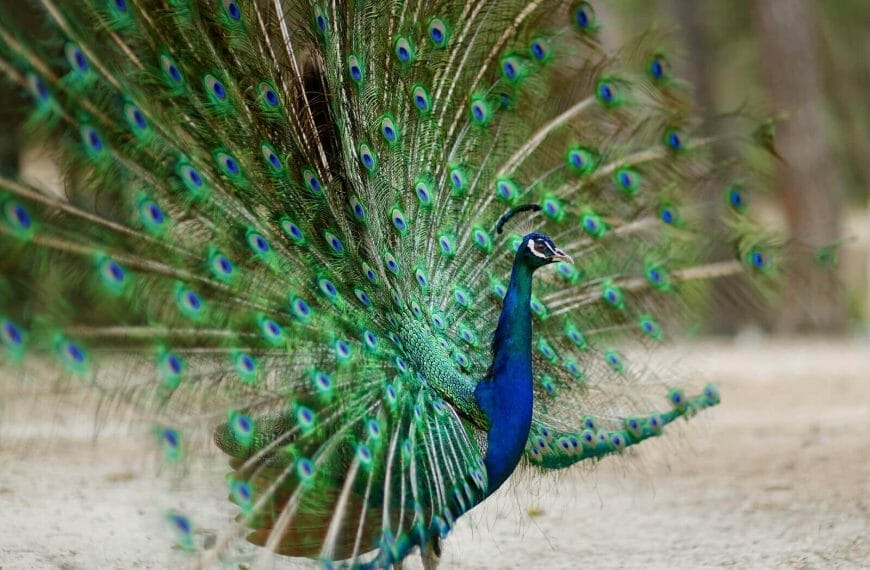


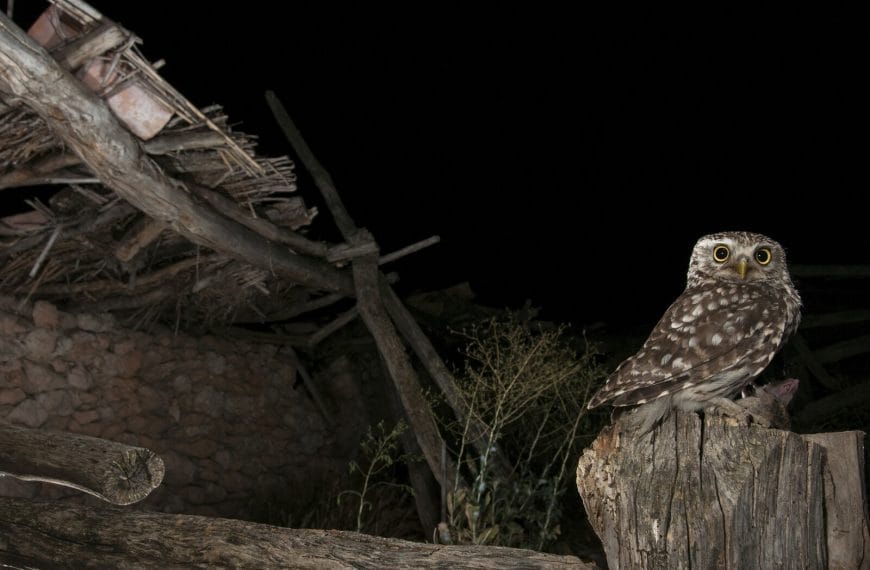


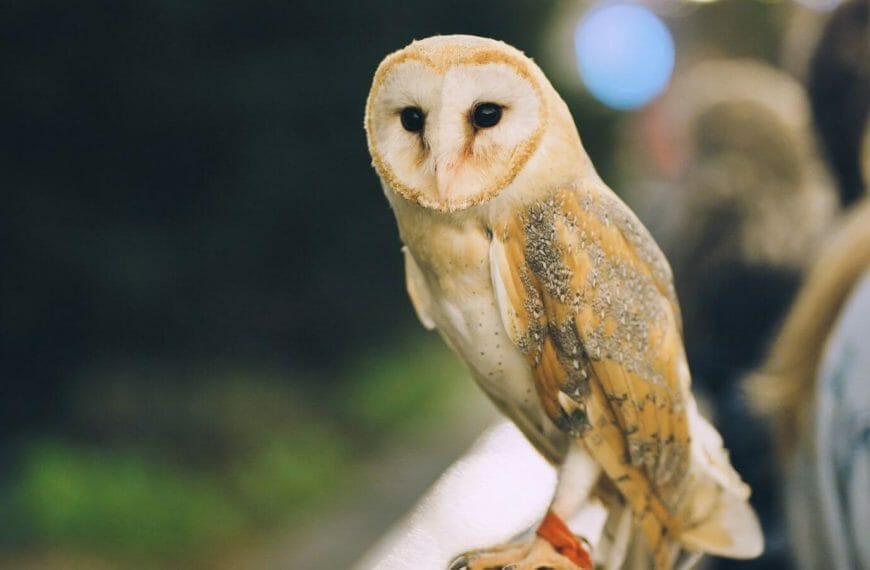

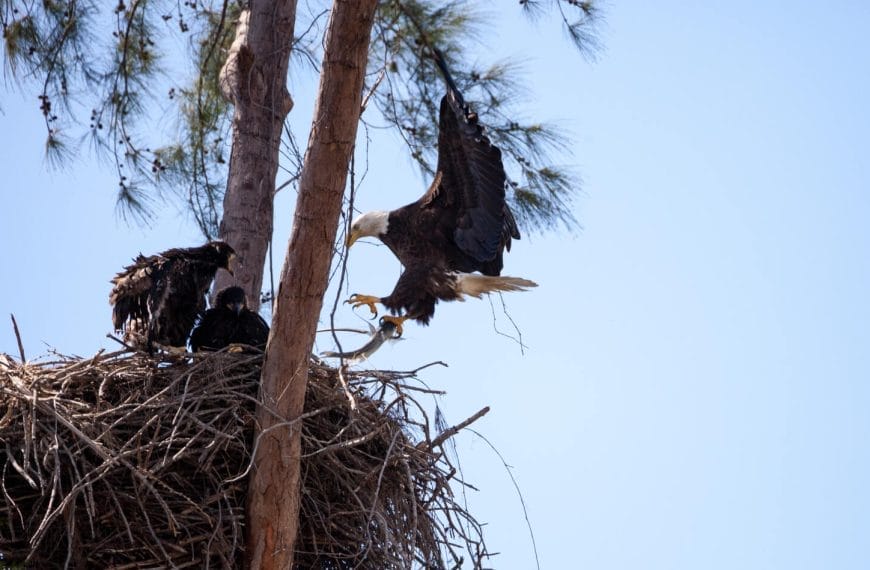


![How to Keep Birds Off Your Boat: Ways and [Best] Deterrents to Keep Birds Away From Your Boat](https://ekz2dfuukk8.exactdn.com/storage/2023/05/how-to-keep-birds-of-your-boat-870x570.jpg?strip=all&lossy=1&ssl=1)









